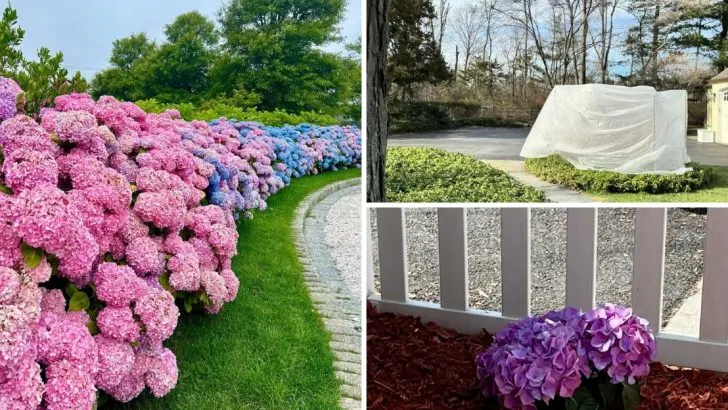Hydrangeas are a favorite among gardeners for their lush, vibrant blooms, but they can be sensitive to harsh winter conditions.
Without proper care, freezing temperatures and strong winds can damage these beautiful plants, affecting their ability to produce flowers in the spring.
In this guide, we’ll share six proven strategies to protect your hydrangeas during the winter months. From insulating the roots to shielding the buds, these practical tips will ensure your hydrangeas survive the cold and reward you with stunning blooms next year.
Mulching for Insulation

Providing a generous layer of organic mulch acts as a cozy blanket for your hydrangeas. This protective layer helps retain soil moisture and regulates temperature fluctuations. Opt for materials like wood chips, straw, or shredded leaves.
A depth of 4 to 6 inches is ideal, circling around the base without touching the stems. During winter, mulch acts as an insulator, protecting roots from freezing temperatures. This simple step can prevent frost heaving, ensuring your hydrangeas emerge strong and healthy in the spring.
Burlap Wrapping
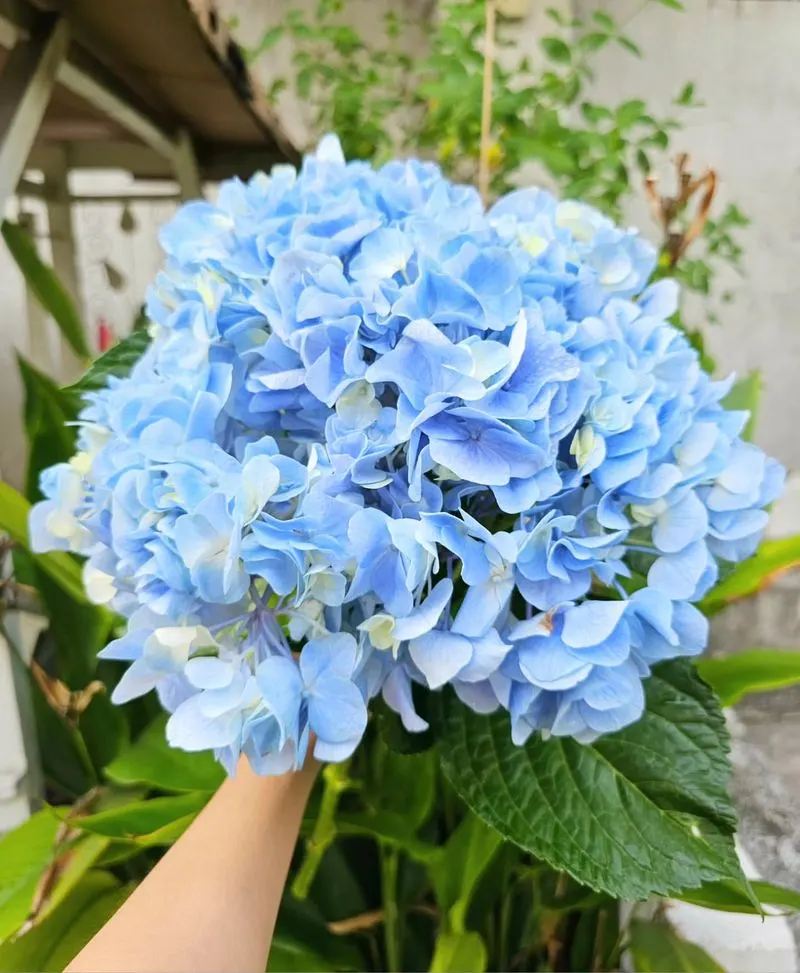
Using burlap to wrap your hydrangeas adds an extra layer of defense against harsh winter winds. It’s essential to secure the burlap loosely around the plant to allow airflow while providing protection. Burlap shields delicate buds from drying winds and freezing temperatures.
A wrap can also reduce breakage from heavy snow accumulation. This method is particularly beneficial in regions with extreme winter conditions. Remember, the goal is to shelter, not smother. Proper wrapping ensures your hydrangeas stay safe and flourish come spring.
Watering Before Frost
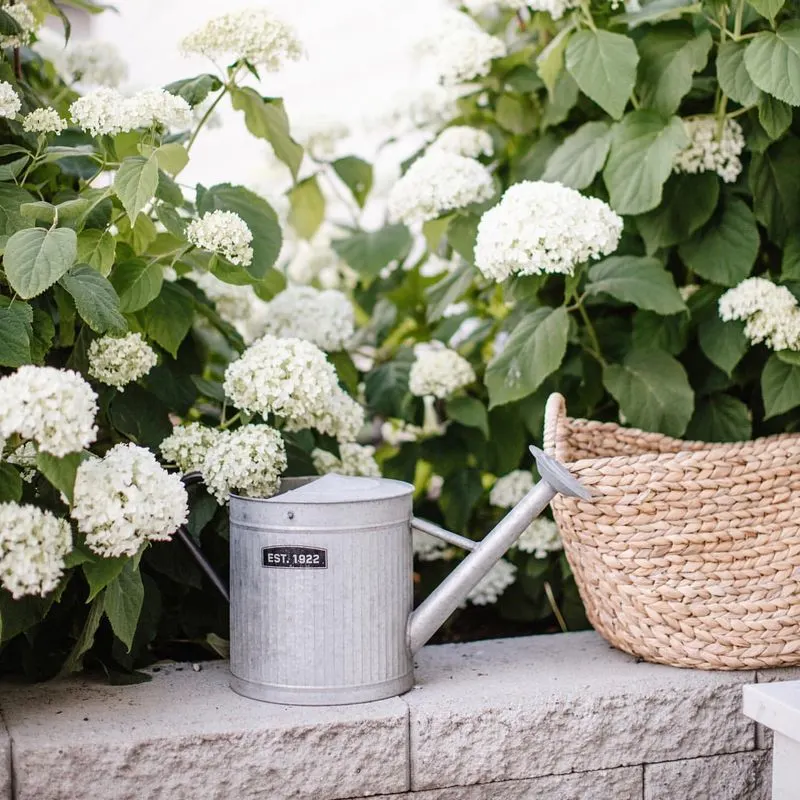
Giving your hydrangeas a thorough watering before the ground freezes is crucial. This practice helps plants retain moisture during dormancy. Hydrangeas with adequate water are better equipped to withstand winter stress.
It’s essential to soak the root zone deeply, ensuring the water reaches down where it’s needed most. Avoid watering once the ground has frozen. Proper hydration is a simple yet effective measure to bolster your plants against the cold season.
Covering with Frost Cloths
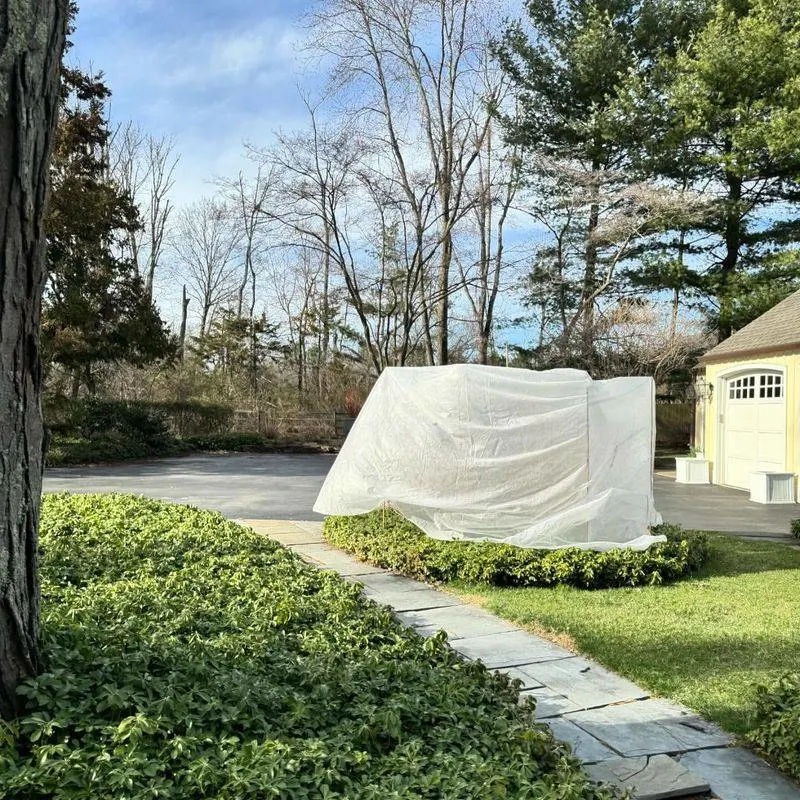
Frost cloths offer an excellent barrier against sudden cold snaps. These breathable fabrics trap warmth, preventing frost damage to exposed stems and buds.
Drape them over hydrangeas during particularly cold nights. Ensure the cloth does not touch the plant directly, using stakes to create space. Frost cloths are reusable, making them an eco-friendly choice. Proper application ensures your hydrangeas stay shielded from unpredictable winter weather.
Pruning Wisely
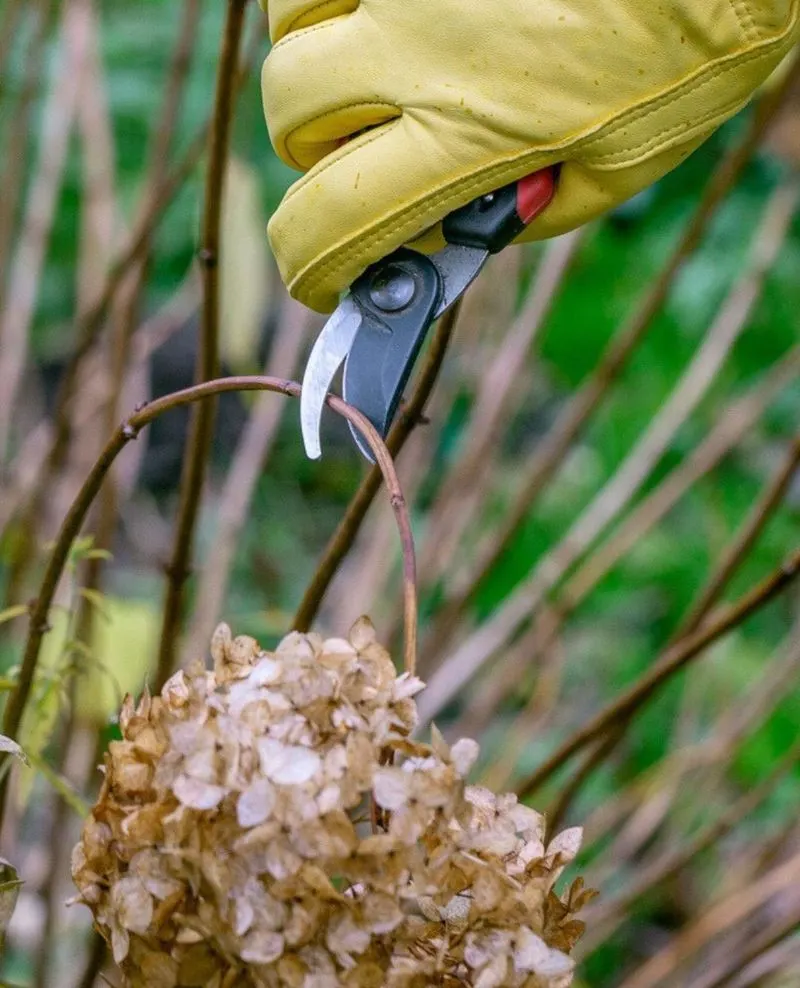
Pruning hydrangeas requires a careful approach to preserve next year’s blooms. Focus on removing dead wood and weak branches after blooming ends. Avoid cutting back healthy stems unless necessary, as this can prevent flowering.
Proper pruning promotes air circulation, reducing disease risk. Make clean cuts with sharp tools to prevent plant stress. Thoughtful pruning is key to maintaining plant vitality and ensuring a vibrant display when spring returns.
Site Selection and Windbreaks
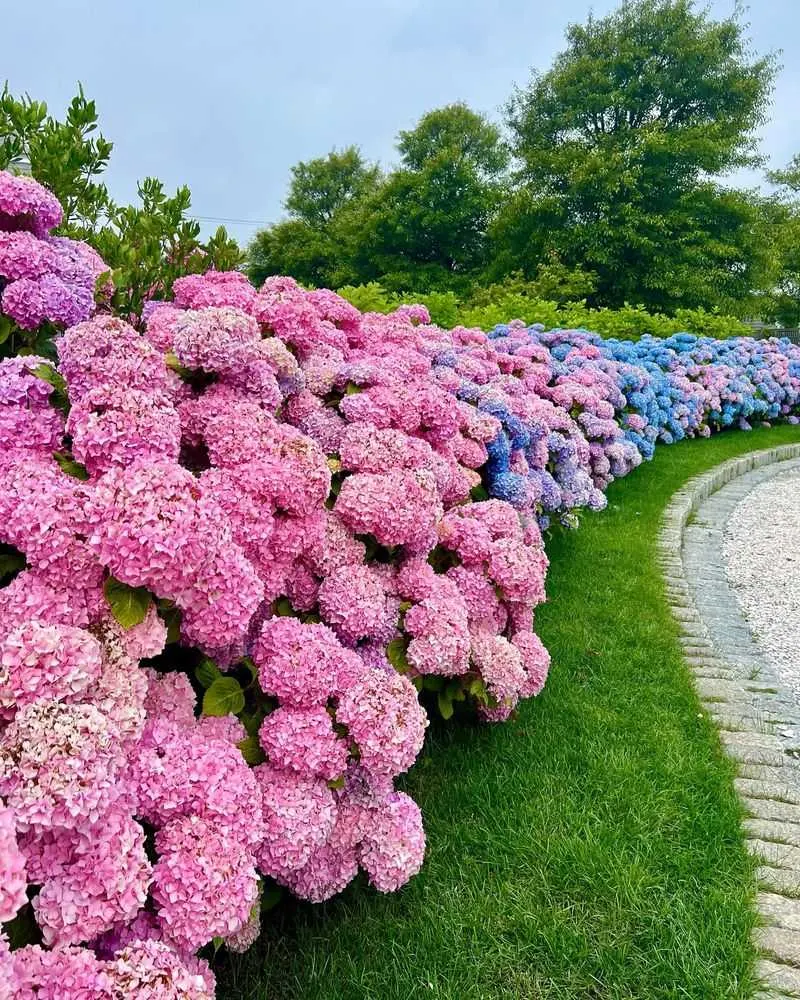
The location of your hydrangeas plays a significant role in their winter survival. Choose a spot sheltered from harsh, prevailing winds, perhaps near a fence or hedge. Planting strategically can minimize exposure, reducing the risk of desiccation.
Where natural windbreaks are absent, consider installing temporary barriers. This approach enhances the microclimate, offering additional protection. The right site selection, combined with windbreaks, can make a noticeable difference in your hydrangeas’ resilience.

